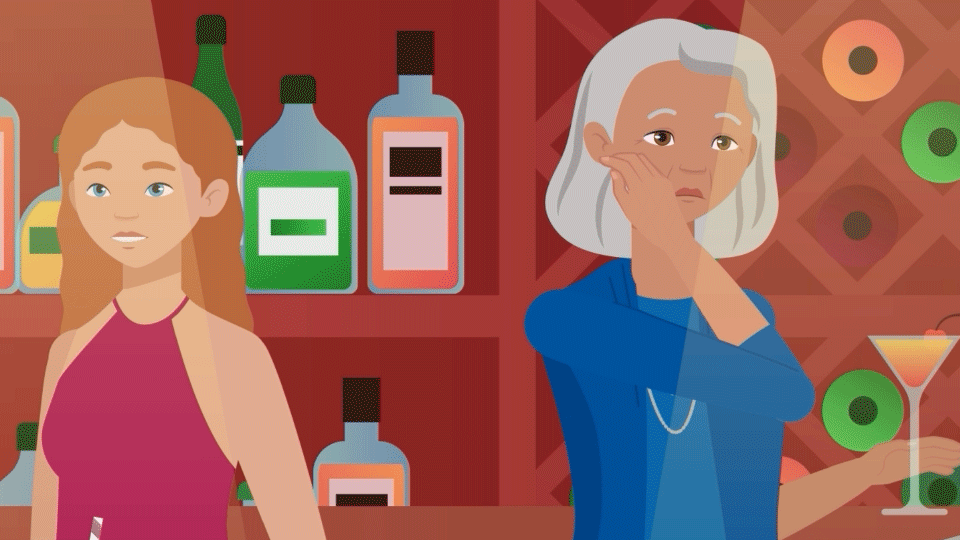Novel therapeutics to enhance and preserve natural hearing in SNHL

Hearing loss is a pervasive affliction that has far-reaching negative effects on our ability to communicate and connect. Right now, 1.5 billion around the globe are affected. According to WHO, this figure will rise to 2.5 billion by 2050. The causes are manifold. Nevertheless, another 1.1 billion young people are often unknowingly at risk of permanent hearing loss from prolonged exposure to loud music.1
- World report on hearing. Geneva: World Health Organization; 2021.
- Dementia prevention, intervention, and care: 2020 report by the Lancet Commission. Livingston G, Jonathan Huntley J, Sommerlad A, Ames D, Ballard C, Banerjee S et al. Published: July 30, 2020. DOI: https://doi.org/10.1016/S0140-6736(20)30367-6
Sensorineural hearing loss
Over 90 percent of all hearing impairment is sensorineural hearing loss (SNHL).
Anatomy and physiology of hearing: For healthy people, sound is directed from the pinna into the auditory canal where the tympanic membrane begins to vibrate. The auditory ossicles in the middle ear amplify the movement pressing on the fluid in the cochlea of the inner ear like a piston. This impulse is registered by several rows of sensory cells (outer and inner hair cells) in the organ of corti and is transmitted as a nerve impulse toward the auditory center of the brain by the spiral ganglion neurons.
90 percent of all hearing impairments are caused by damage or dysfunction to sensory cells leading to sensorineural hearing loss (SNHL). Middle and outer ear problems result in so-called conductive hearing loss (10 percent). At Acousia we develop novel therapeutics for patients with SNHL.
Contributors, early indicators, and forms of SNHL
There are several contributors to SNHL, including continued exposure to loud noise, disease, certain medications, or simply age. One of the first indicators of SNHL is referred to as the cocktail-party-effect because it becomes more difficult to comprehend our conversation partners when there is background noise. SNHL accounts for over 90 percent of all hearing loss. However, its causes can be subdivided into different categories:
Age-related hearing loss (ARHL)
is the most widespread sensory impairment in aging people. Data suggest that as many as up to 50 percent of people over the age of 65 years suffer from at least moderate age-related hearing loss.
Noise-induced hearing loss (NIHL)
is the result of prolonged exposure to noise above safe decibel levels, which results in acoustic trauma. Research has shown that around 10 million people in the seven top markets suffer from NIHL.
Sudden sensorineural hearing loss (SSNHL)
There are only postulations about the causes of sudden sensorineural hearing loss (SSNHL), which is a hearing loss of 30 dB or more in a period of 72 hours or less. In the UK and US, surveys indicate that it accounts for 30 of every 100,000 hearing loss cases per year. However, most people recover quickly.
Drug-induced hearing loss (DIHL)
or ototoxicity is the result of specific medications (e. g. cancer drugs) damaging the inner ear and causing ototoxicity. Some sources estimate that it afflicts up to 600,000 people in the US alone.
Rare genetic forms of hearing loss
There are also rare genetic forms of hearing loss, like the DFNA2 Syndrome, which are the result of specific gene mutations.
Developmental approaches to SNHL treatment
Many patients currently turn to high-end hearing instruments and cochlear implants when diagnosed with a hearing impairment. However, due to technical limitations, they are unable to restore natural hearing. There are three principal different therapeutic approaches under development:
Otoprotection
involves the use of otoprotective drugs, predominantly antioxidants, to neutralize toxins. However, this method has a high translational barrier and comes with the risk of off-target effects.
Regeneration
involves the generation and integration of fully functional sensorineural cells into the existing cochlear micro-architecture. There are still major challenges to this approach.
Gene therapy
is mostly relevant for congenital and monogenic disorders and the technology is in its early stages.
Our Approach
Unique dual mode of action to enhance and preserve a patient’s natural hearing
Acousia develops small molecule drugs, which are designed to affect validated targets expressed in the cochlea. Our unique dual mode of action approach aims to both enhance and preserve a patient’s natural hearing. Our therapy offers sustained and long-lasting hearing improvement by modulating the activity of outer sensory hair cells and protecting both the cells and synapses.
The different structures and physico-chemical properties of our small molecule drug candidates, as well as their modes of administration, are specifically designed to target permanent and progressive sensorineural hearing loss.
Small molecule drugs for validated targets expressed in the cochlea
Unique dual mode of action to both enhance and preserve
Different molecules, physico-chemical properties, and modes of administration
Small molecule drugs for validated targets expressed in the cochlea
Unique dual mode of action to both enhance and preserve
Different molecules, physico-chemical properties, and modes of administration
Our small molecule drug approach will allow stand-alone first line treatment of patients with SNHL but will also complement traditional cochlear implants and high-end hearing devices. For more information, read about our ongoing programs and what we have in our pipeline.
